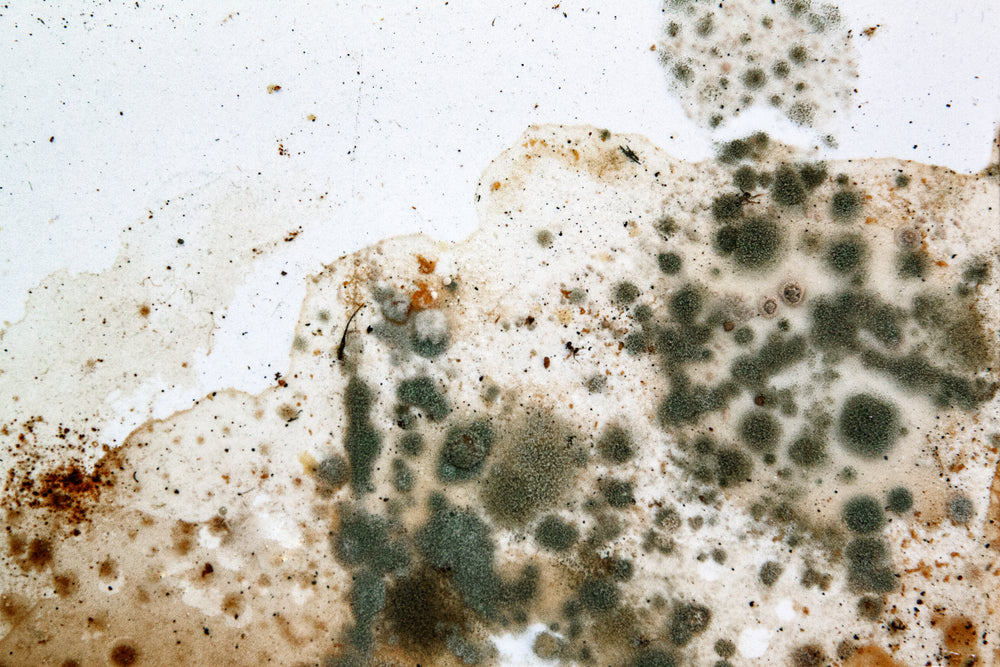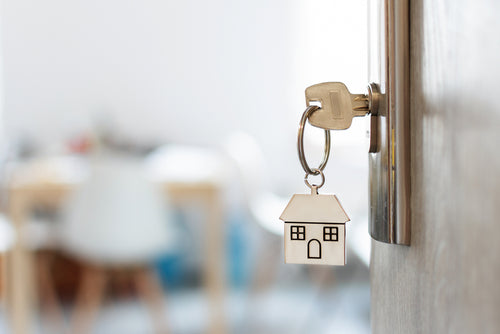
Mould
Mould is a significant defect in your rental property and can have health consequences for you. Therefore, it is important that you react quickly if you are in doubt whether your lease has mould.
Do you suspect mould in your rental property?
Mould occurs due to excessive humidity. High humidity can be caused by defects in the building itself, tenants' use of the apartment, or a combination of both. If the mold is caused by conditions in the property, it is your landlord who must take care of it.
As a tenant, you can prevent the risk of mold by following these precautions:
- Air out often - preferably 2-3 times a day for at least 15 minutes at a time
- Clean the apartment often and thoroughly
- Make sure the home is heated to room temperature
- Avoid drying clothes in the home
- Air out after bath
- Pay attention to the distance between the wall and furniture
- Use the hood when cooking
If mould has appeared in your home, it is important that you notify your landlord about this. To keep it down, you can apply Rodalon to remove the growths. The next step is to contact the municipality, which will determine whether it is mould and whether they can order the landlord to repair the damage.
Read more in the Handbook for municipalities on mould management.
The handbook will help the country's municipalities to follow all rules when inquiries about mold are received. In cases involving housing hazardous to health, the municipal council has a duty to supervise and to assign the occupant to another dwelling.
Rats, bedbugs, etc.
If you have problems with rats, bed bugs or the like, contact your landlord. The landlord has a duty to try to repair the nuisance.
If you need help or advice, you can join Lejernes Retshjælp and get legal guidance and help in the further course of the case from our skilled legal team.






